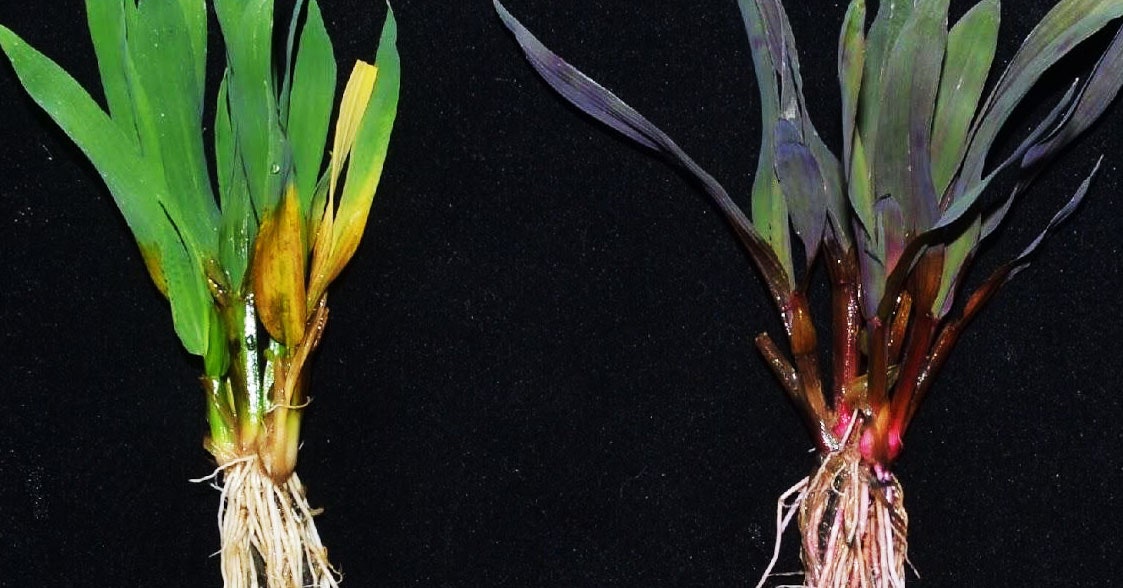
The signal doesn’t necessarily have to be a visible color change—the team has also experimented with temperature. A second receptor pathway in these engineered plants responds to diazinon, an insecticide that’s currently banned for residential use in the United States. As part of the same study, the team used diazinon to turn on the plant’s normal ABA signaling, triggering a stress-induced increase in leaf temperature that can be seen by infrared night-vision cameras, similar to what the MIT team had tried before.
The challenge now is figuring out just how many molecular switches can be engineered before things get too complicated—and creating separate pathways that all produce easily observable outputs. Wheeldon believes it will be worth the effort. Having more switches, he says, “increases the complexity of the questions you can answer and the applications you can go after.”
While these color-changing plants still only exist in the lab, Cutler says his team hopes to “create biosensors that allow you to engineer organisms that sense all kinds of chemicals.” For example, because plants already produce ABA in response to drought; he imagines thirsty plants that could change color overnight to call for help before they experience real damage.
Wheeldon’s research group has been studying pesticides for years—they’re used in agriculture globally, so they were an obvious first target for sensing experiments. But Cutler’s team has a long list of molecules that they’re testing now: pharmaceuticals, substances of abuse, natural plant products, and other agrochemicals.
“In the long run, I think that we will be able to create biotechnologies that can help provide the public or other specific users with information on chemicals in the environment,” says Wheeldon. “Real-time feedback about what is in the environment—for example, is the local water supply contaminated? Are bad actors using harmful chemicals in their industrial processes?”
Brophy envisions at-home applications for this technology too, for the black thumbs amongst us, like “houseplants that change colors to tell you that they need something.”
“I feel a lot of pressure to have nice plants in my office, being a professor of plant biology. But oh man, I just struggle,” she says, chuckling.
Because these plants are transgenic—meaning they contain DNA from another species—they would face a tough approval process if anyone tried to bring them to market in the US. Betalain-producing plants and A. thaliana don’t naturally cross-pollinate, so researchers would need to demonstrate that any transgenic plant they engineer won’t have any unintended effects on the environment.
It’s not impossible, though. Earlier this year, the US Department of Agriculture approved the sale of purple tomatoes, which contain snapdragon genes that boost their antioxidant content and increase shelf life. Last month, the agency gave the go-ahead to a glow-in-the-dark petunia that contains genes from bioluminescent mushrooms and will go to market next year.
With more research, plants that speak in color may get the green light too.

